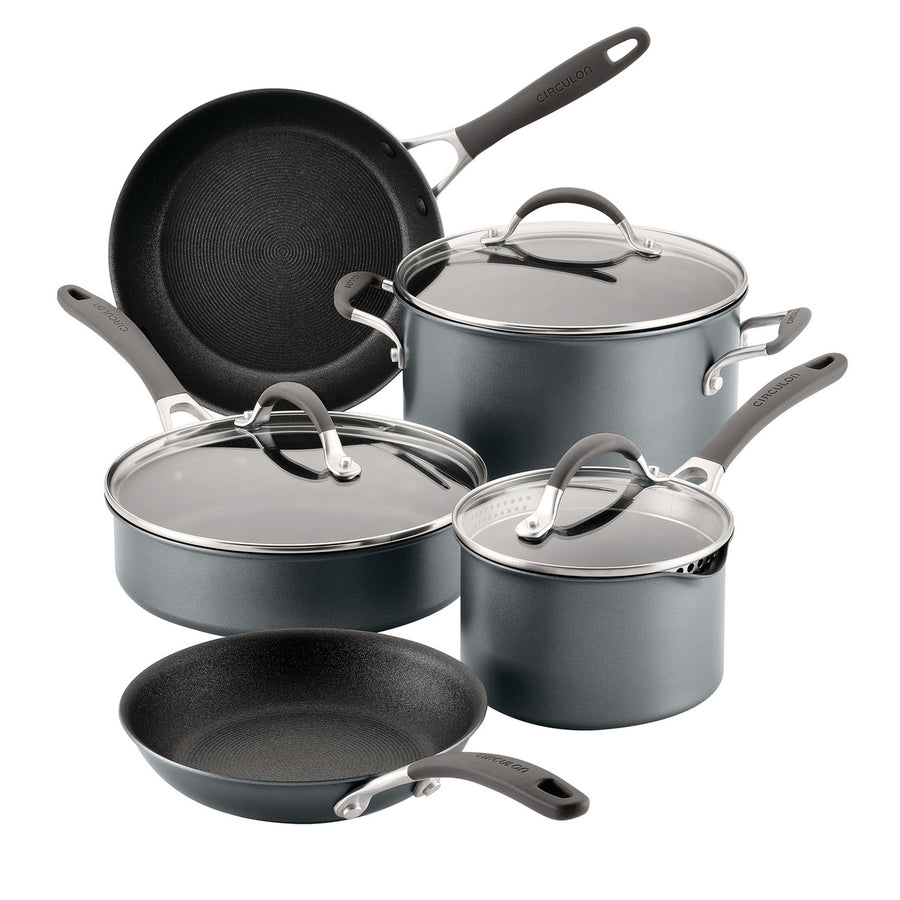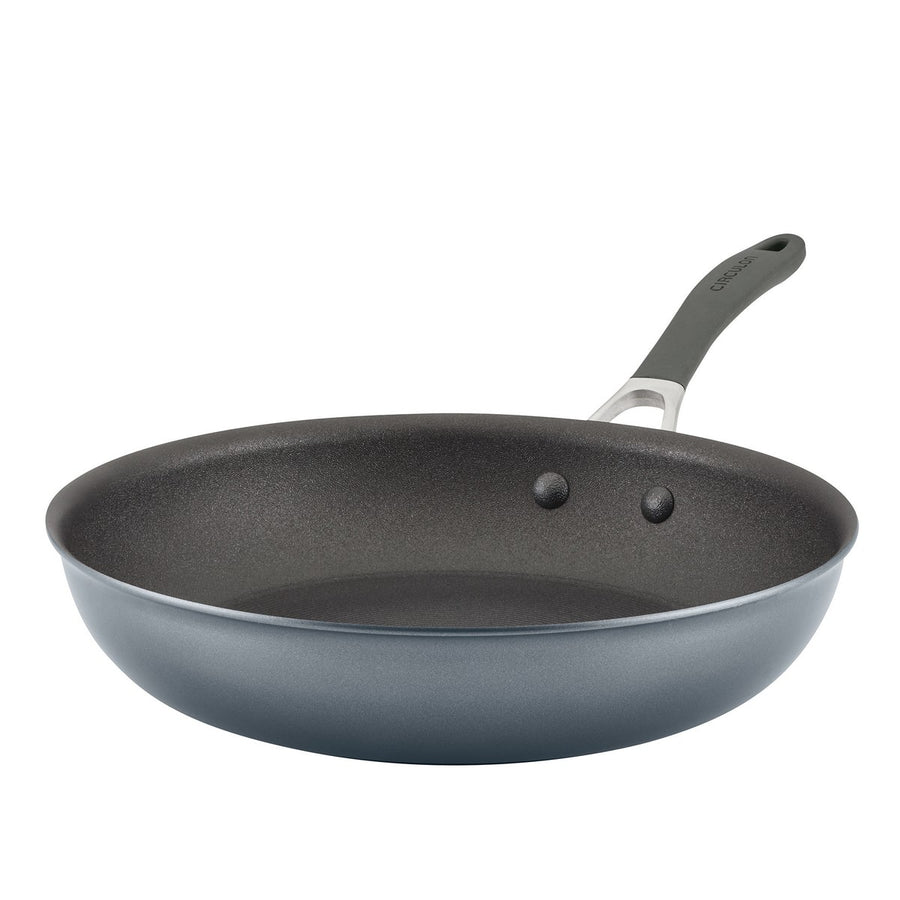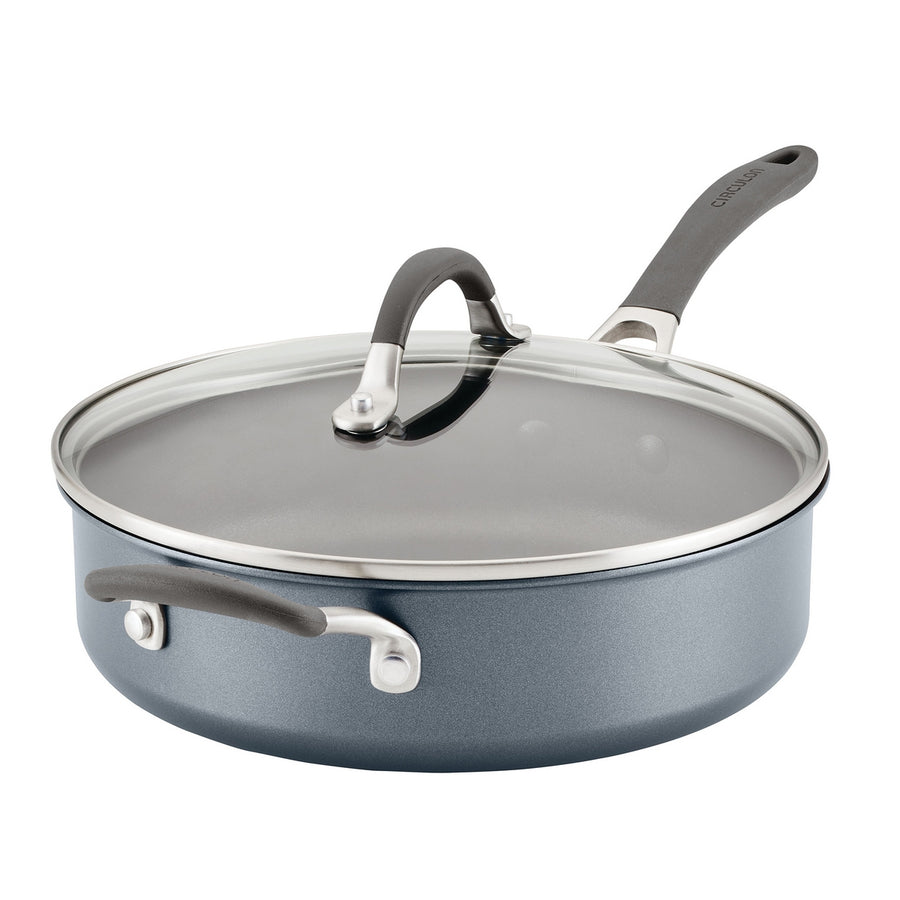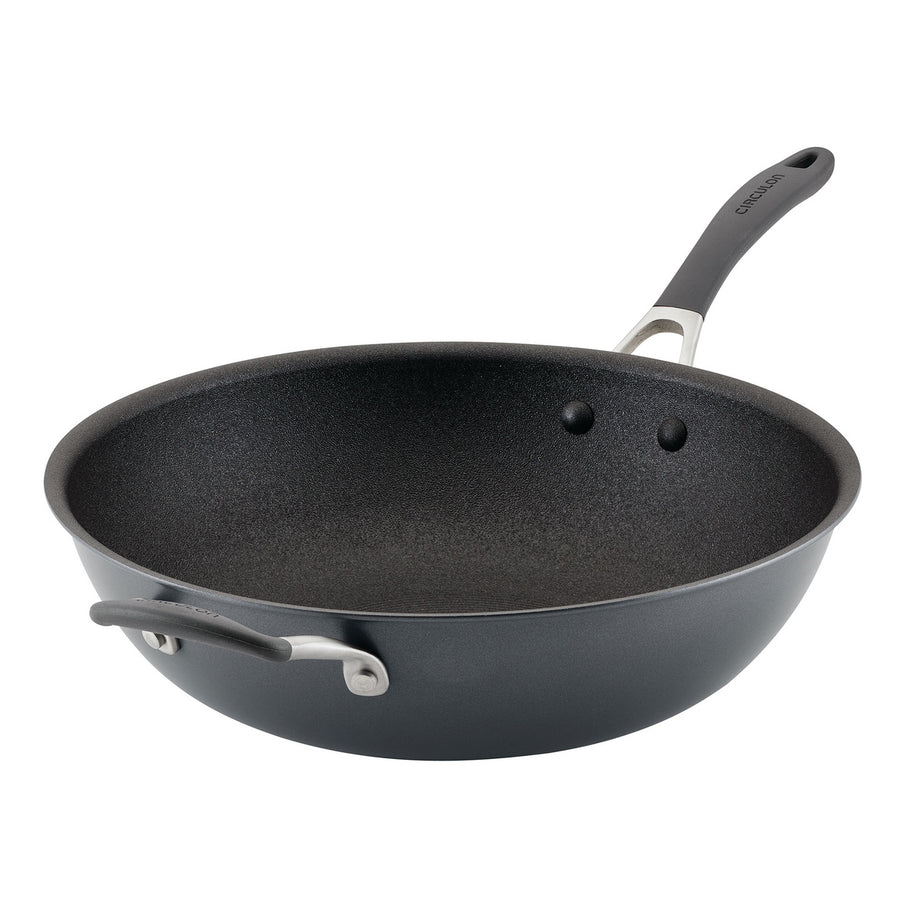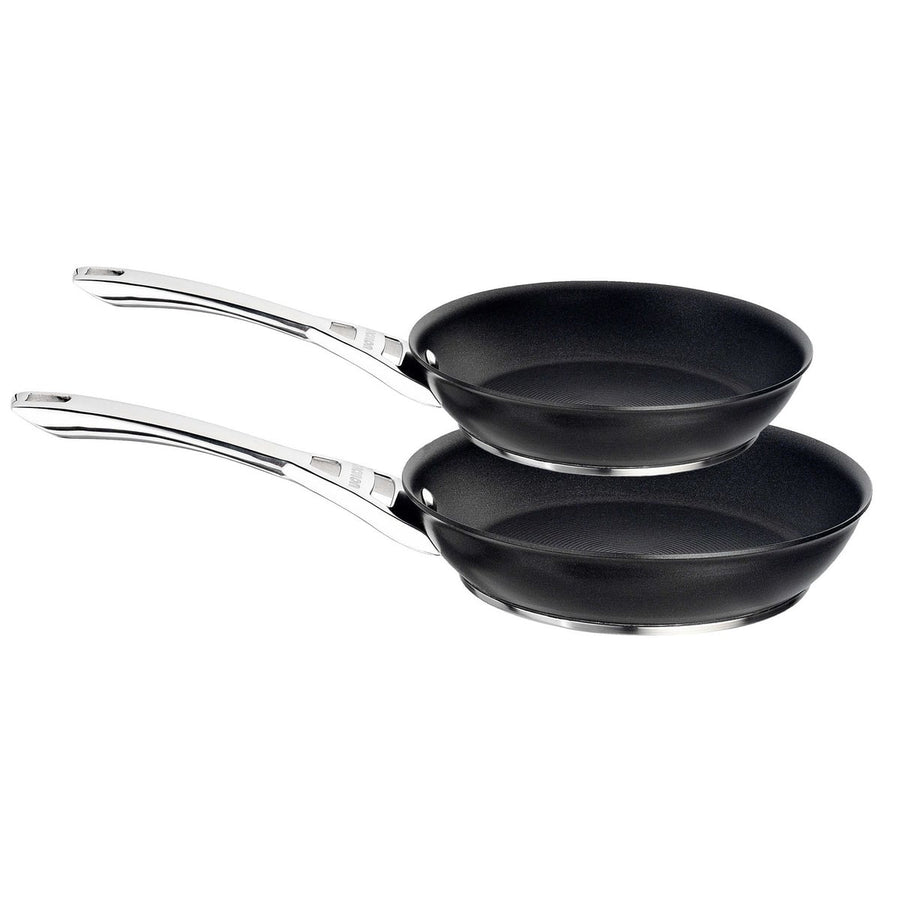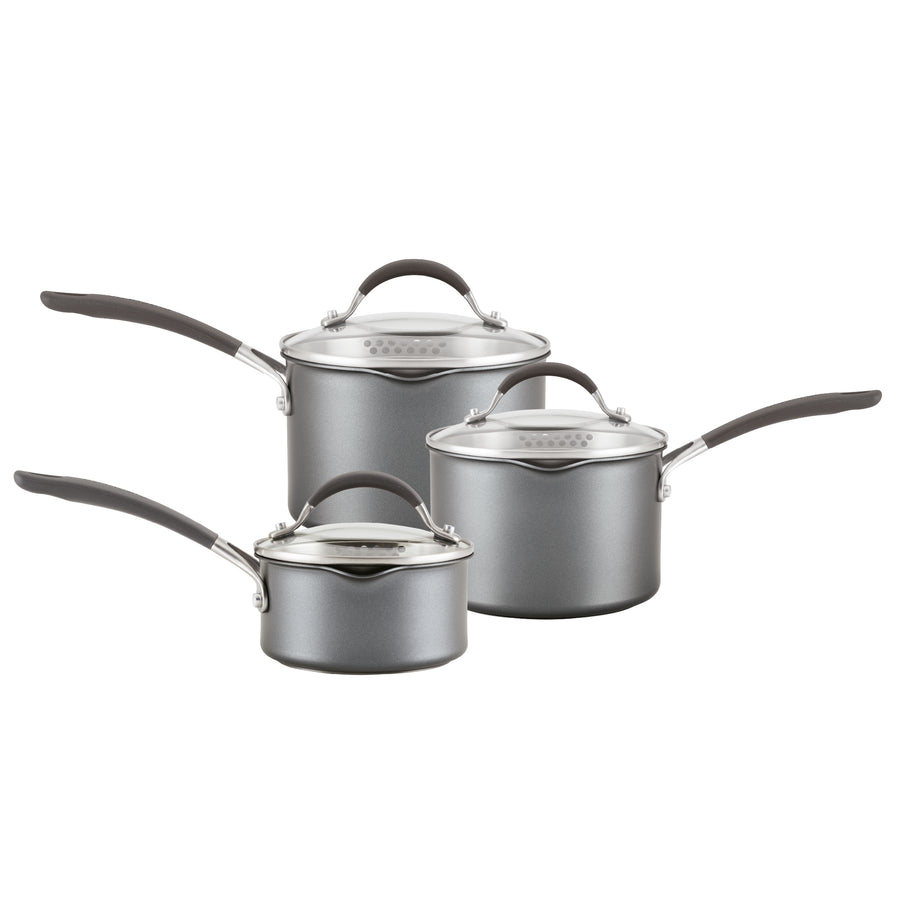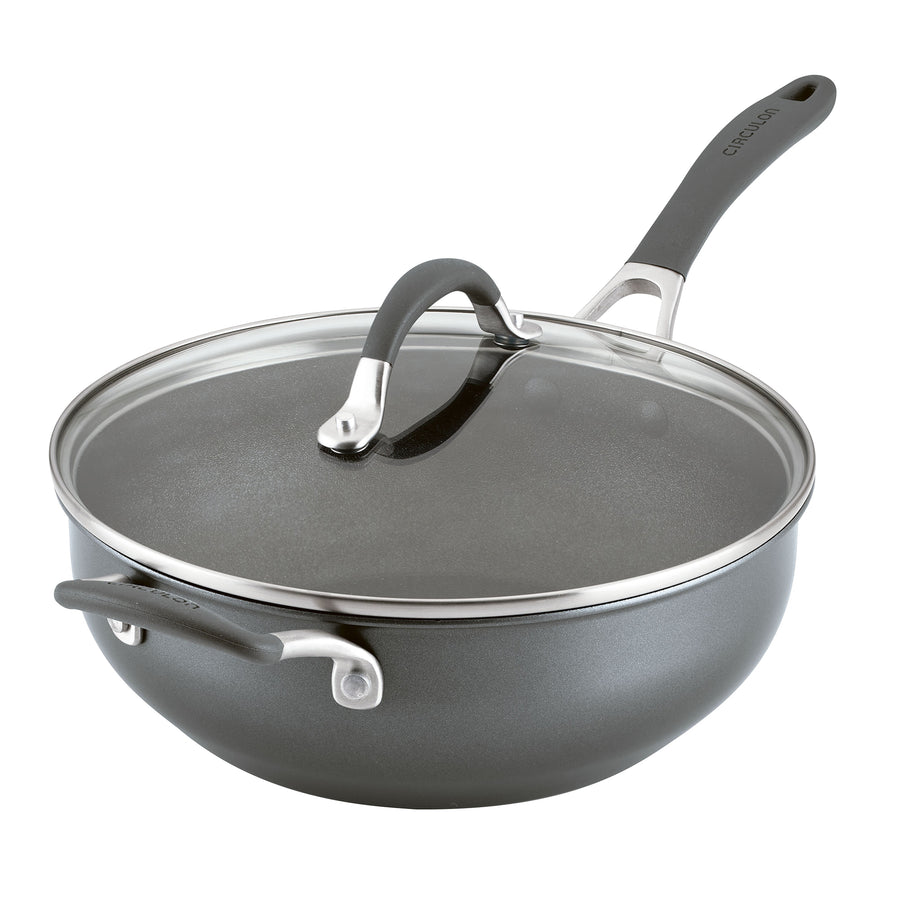We all have a jar of turmeric on the spice rack; it’s an essential Indian and Southeast Asian ingredient, regularly used for adding rich golden colour and savoury spice to curries and stews. But in its home continent, the turmeric root — which is what is ground to create the powder we heap into bombay aloo and coconut dhal — isn’t just prized for its flavour. It boasts a host of benefits and can help with everything from problem skin and limp hair to creaky joints and insomnia. This is due to curcumin, the bright yellow chemical it contains, which has anti-inflammatory and antibacterial properties. As many westerners are new to the root’s myriad of uses beyond the kitchen, we’ve compiled a list of all the things that turmeric can do, and the best ways to use it, too.
Firstly...
If you’re serious about reaping the rewards of turmeric and curcumin, we recommend using fresh turmeric roots. You can pick them up in Indian and Southeast Asian stores, health food shops and good independent greengrocers -- and these days, even bigger supermarkets are getting in on the action. Use the roots to make your own powder which can then be used to create a paste for teas, masks and, yes, curries. Though it may seem unnecessarily time consuming, it’s worth it for the impact on flavour, and also for the peace of mind that comes from knowing exactly what you’re using on your skin and in your food.
Skin
Due to its antiseptic and antibacterial properties, turmeric is often mixed into masks and used to combat acne, boost brightness and deep clean the skin. It can aid eczema and even helps to heal wounds, reducing subsequent scarring. If you’re using it on your skin, you may want to invest in Kasturi turmeric, which won’t stain your face or body yellow after use.
Hair
Experts have found that when turmeric is added to haircare routines, it can prevent thinning and boost volume by invigorating the scalp. Whip up a mask geared towards your hair type that incorporates other nourishing natural ingredients and reap the rewards with revitalised, glossy locks. What’s more, emergent data points towards turmeric having antifungal properties, so your mask could clear up any dandruff you’ve been battling with, too.
Health
As a prized anti-inflammatory, turmeric helps quell all sorts of ailments, from arthritis to IBS. You might have seen supplements on offer, but experts say that the best way to use turmeric to alleviate your symptoms is by incorporating it into your diet (with a shot like this, if you’re brave).
Sleep
When you find yourself tossing and turning after you’ve turned out the light, it could be worth incorporating a cup of turmeric tea, or haldi doodh, into your bedtime routine. If you’re into natural remedies, perhaps this one has been on your radar for a while; it’s also known as a turmeric latte or the rather lovely sounding ‘golden milk’. This vegan version incorporates plant-based milk, turmeric, ginger, cinnamon and black pepper, plus the sweetener of your choice. Pop the ingredients into a heavy bottomed saucepan and gently heat. It might sound odd, but don’t skimp on the pepper; it activates the curcumin.
Are you new to using turmeric for its health benefits, or do you have tips for us? Let us know on Twitter @CirculonUK.




